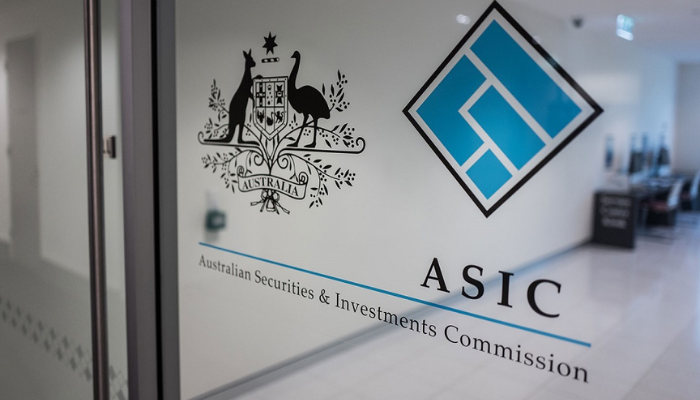
6 Lessons Learned from 6 Years of Supply Chain Disruption
In an increasingly interconnected global economy, supply chains play a pivotal role in the success of enterprises across virtually every industry. However, recent years have witnessed significant disruptions that highlighted the vulnerability of supply chains worldwide.
From natural disasters and geopolitical tensions to the lingering effects of the COVID-19 pandemic, enterprises have faced unprecedented challenges. Read on as we explore some of the major supply chain disruptions that occurred in the last six years, and discuss the 6 invaluable lessons companies should take away from them.
The COVID-19 Pandemic
The COVID-19 pandemic has had a profound impact on global supply chains since its outbreak in early 2020.
The sudden halt in manufacturing, trade restrictions, and disruptions in transportation have exposed vulnerabilities across industries. Enterprises relying heavily on single-source suppliers or those lacking alternative sourcing options were particularly affected.
Lesson #1: Improve the flexibility of your supply chain.
In a nutshell, demand initially tanked until fiscal support from the federal government sharply increased demand in a way industrial production was not prepared for. The key lesson here is the importance of building resilient supply chains by diversifying suppliers, enhancing visibility, and implementing agile strategies that can swiftly adapt to changing circumstances.

Trade Wars and Tariffs
Trade tensions between major economies, particularly the United States and China, have resulted in escalating trade wars and the imposition of tariffs on a wide range of goods. These protectionist measures have disrupted established supply chains, leading to increased costs, delays, and uncertainty.
Lesson #2: Factor external influences into your supply chain processes.
This lesson for enterprises emphasizes the importance of anticipating and mitigating the impact of geopolitical factors on their supply chains. Diversifying sourcing locations, staying updated on trade policies, and fostering strong relationships with suppliers across different regions can help enterprises navigate future disruptions.
Natural Disasters
Natural disasters, such as hurricanes, earthquakes, and floods, can have devastating effects on supply chains. For example, the 2017 Hurricane Harvey in the United States caused widespread disruptions to the petroleum industry, affecting the production and distribution of key materials.
Lesson #3: Be proactive in risk management.
Enterprises must recognize the importance of robust risk management strategies that include contingency plans, alternative sourcing options, and proactive communication with suppliers and customers. Investing in technologies that enable real-time tracking and visibility can also help identify potential disruptions and take timely actions.
Cybersecurity Threats
As digitalization and automation continue to transform supply chains, the risk of cyberattacks and data breaches becomes a critical concern. In recent years, several high-profile incidents (e.g., Accellion Supply Chain Attack) have exposed vulnerabilities in supply chain networks, disrupting operations and compromising sensitive information. In the case of Accellion, customers like the Australian Securities and Investments Commission (ASIC), U.S.-based law firm, Jones Day, the Office of the Washington State Auditor (SAO), the Reserve Bank of New Zealand, and Singapore telecoms firm, Singtel, were all affected.
Lesson #4: Enforce cyber security standards in the workplace.
Cybersecurity is not to be ignored! Enterprises musts prioritize implementing robust protocols, conducting regular audits, and fostering a culture of awareness and vigilance among employees. Collaborating with trusted technology partners and ensuring supply chain partners adhere to strict security standards is also crucial.

Brexit and Regulatory Changes
The United Kingdom's decision to leave the European Union, commonly known as Brexit, has introduced significant uncertainties and regulatory changes for businesses operating in Europe. The redefinition of trade relationships, customs procedures, and border controls have disrupted supply chains, particularly for companies heavily reliant on cross-border trade.
Lesson #5: Invest in compliance technology for your supply chain.
Enterprises should proactively analyze the potential impact of regulatory changes, establish alternative distribution channels, and maintain strong relationships with local partners to navigate the evolving landscape successfully. To remain competitive, companies should invest in technology that automatically monitors changes to governmental regulation.
Suez Canal Blockage and Transportation Routes
In March 2021, a massive container ship, the Ever Given, became lodged in the narrow confines of the Suez Canal. A blockage that resulted from this unexpected incident disrupted one of the world's busiest shipping routes, impeding the flow of goods that sent ripples across global supply chains. The grounding of the Ever Given shed light on the potential vulnerabilities and risks associated with relying on key maritime passages (like strong winds and sandstorms that caused the ship to deviate or human error related to navigation and response protocols).
Lesson #6: Build a resilient supply chain process to easily adapt to challenges.
Ultimately, this serves as a reminder of the complexities and risks involved in managing large vessels through narrow waterways, emphasizing the need for meticulous planning. It also highlights the importance of diversifying transportation routes and modes. The lesson for enterprises: consider alternative shipping lanes, explore multimodal transportation options, and conduct thorough risk assessment to identify potential bottlenecks in your supply chain.

Key Takeaways
These historical events, while challenging, are teachable moments. If you haven't already, you should seriously consider:
- Building resilient, agile, and adaptive supply chains
- Diversifying sourcing locations
- Fostering strong relationships with suppliers
- Enhancing visibility
- Investing in technology solutions
- Prioritizing risk management and cybersecurity
Not only can these measures minimize the impact of disruptions in the short term, they can help gain a long term competitive edge in the ever-changing global market.
Building Disruption-Proof Supply Chains with ShipERP
So, what next? This series of disruptive supply chain events clearly underscores the importance of a robust supply chain management practices, but where do you start?
When it comes to best practices, you can't improve what you don't measure, and you can't combat supply chain disruption without visibility. While some forces of nature may be unavoidable, having the most nuanced, real-time information allows businesses to make actionable decision mitigate risks. Optimizing your supply chain with ShipERP helps companies of all sizes gain the control and visibility necessary to succeed while others scramble.
Contact sales@erp-is.com to learn how ShipERP can integrate with your existing system today.




